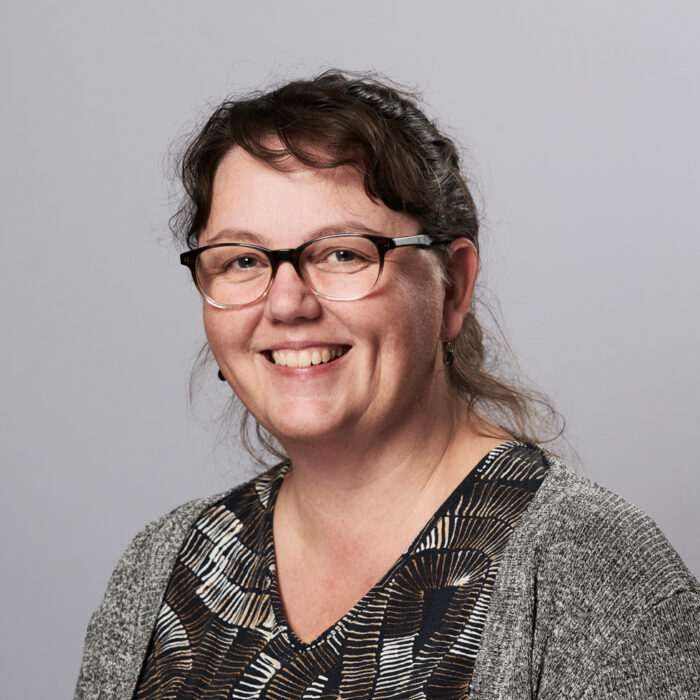
District heating worth its name
Can you send hot water all the way from Märsta to Stockholm, forty kilometres to the south? Well, you can, but it takes a number of pumps along the way and an effective control system. Optimation AB has worked with this extensive distribution system for district heating.
“There are somewhat different conditions when working with such long distances,” says Viktoria Lönn at Optimation in Uppsala. High and fluctuating pressure levels mean great demands, not least on safety.
One of the projects Viktoria worked with was to create a control strategy for the distribution of district heating to the south of the Brista cogeneration unit, located in Märsta, more than thirty kilometres north of Stockholm. The task was complicated, both by the distribution line being unusually long, that it has both old and new pumping stations, and that it should be connected to other distribution networks when it reaches Stockholm. There are manned control rooms for the network, in Hässelby and in Brista.
“The long distance results in a large pressure drop. The pipeline is limited to a certain maximum pressure. To achieve high efficiency there is a so-called ‘negative differential pressure’ built in between the hot and the cold water supplies. This contributes to higher demands on both the equipment and the regulation,” says Viktoria. Optimation’s tasks have been to build an effective automatic control for normal operation and to control the short-circuit valves to reduce pressure surges.
Effective localization behind the requirements
The background to this project is that Fortum is building a new large boiler in Brista for waste incineration. For the logistics, the location of the facility is excellent. However, to make use of the large amount of district heating produced, distribution must work effectively all the way to Stockholm. In Akalla, in northern Stockholm, the district heating can hence be connected to local distribution networks.
The project involves an extension of the facility in Akalla and installation of new distribution pumps at Brista.
“For effective production the boiler in Brista should run as evenly as possible,” says Viktoria Lönn. Regulation takes place mainly in the distribution network and through the accumulation of hot water in Brista and Hässelby.
Valves should protect against pressure surges
The unusual pressure alterations in the pipes means that the requirements to protect the network against pressure surges are unusually high. Among other things, pressure surges can lead to boiling in the pipes, which must be avoided. This can be handled by adding new short-circuit valves at two locations along the line.
Development of the control strategy has been the major part of Optimation’s contribution to the project, and that part is essentially already completed. Now Viktoria is working, among other things, on the plan for the commissioning, in cooperation with Fortum and the other suppliers. The planning is complicated by the fact that the new control system is being commissioned this summer (2012), while the new boiler will be commissioned later in 2013. The boiler control is handled by another supplier. It is therefore important to plan how to implement the various steps, so that the distribution is working throughout the implementation, until all the parts have been put into operation.
Many energy projects
Optimation has in recent years worked with a variety of energy projects, not least within district heating.
“I have participated in projects at Fortum’s facilities in Hammarby, Värtan and Högdalen in Stockholm,” says Viktoria. “We have set up control strategies for the operation of production plants as well as for distribution networks. Optimation’s basic idea is always to simplify, usually by replacing several regulators and systems with a single one.


